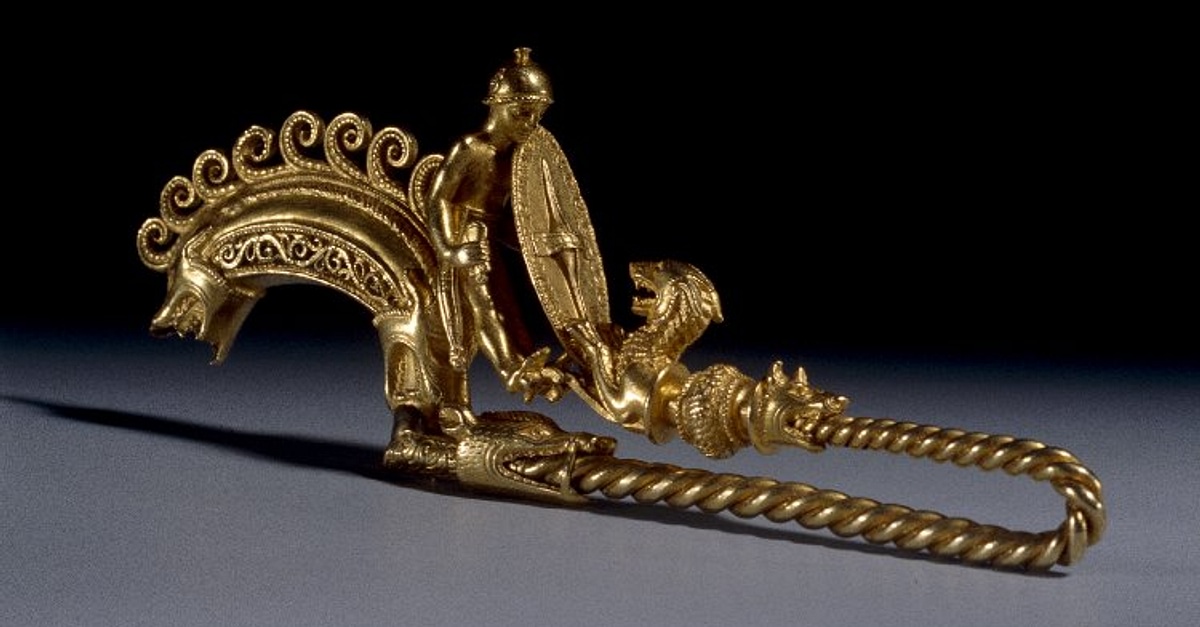Brooches are a versatile accessory that can be worn as a dress clip or to secure a scarf. Our collection includes antique and period pins from the Georgian, Victorian and Art Deco eras.
Grand tour brooches were often bought as souvenirs on the typical European holiday for upper classes. These were made using mosaic inlays with semi precious stones like malachite, lapis and aventurine fitted closely together or micro mosaic techniques to depict scenes or motifs on a dark background.
Enamelling
Over the years many antique brooches uk have gained significance and meaning – often as symbols of love, mourning, or family relationships. This is particularly true of cameos which were a popular form of portrait art during the late 19th century when delicate mother of pearl or hardstone brooches could depict a close family member.
In the Grand Tour era brooches were worn as souvenirs of European holidays and would typically depict pictorial scenes, ancient Roman architecture or flowers and animals. Embossing on metals such as gold, silver and bronze was also a common decorative technique.
The Art Nouveau jewellery era of the early 1900’s was characterised by flowing sinuous lines and designs featuring natural forms such as flowers, fauna and insects. Designs also featured plique a jour enamel which allowed light to shine through the jewel. The 1950’s saw a resurgence in feminine brooches with spray and floral bouquet designs favoured along with rhinestones that resembled diamonds.
En tremblant
A ravishing late 18th / early 19th century Georgian flower brooch masterfully crafted ‘en tremblant’, the main floral clusters set with ten transitional modern round cut diamonds alternating with linear settings of old mine and rose cut diamonds to accentuate each head. It is further adorned with an eagle head French purity mark indicating the piece was made from gold of at least 750 parts out of 1000 (i.e. 18. karat).
Antique Cameo Brooches
Cameo brooches are created by carving an image into a rock, gemstone or sea shell and then adding a coloured background. Often they are portraits of famous people but can also be mythological animals or scenes. From a Victorian Era mourning brooch to a stylish Art Deco hat pin, a cameo is a classic way to accent your outfit. Use your brooch to fasten a scarf or headscarf or to add some extra flair to your outfit at weddings and formal occasions.
Grand Tour Brooches
The resurgence of the brooch as an essential accessory has been evidenced in recent high jewellery collections from Chanel, Boucheron, Chaumet and many more. We have also seen them being worn by celebrities such as Uma Thurman who wore the vintage Bird Brooch from our collection at the Met Gala in NYC.
During the Georgian and Victorian eras the Grand Tour was a traditional chaperoned trip for upper class men and women to visit the cultural and artistic richness of Europe, particularly France and Italy. They would often purchase Grand Tour brooches as souvenirs of their travels.
These pieces were predominantly made from micro mosaic inlays of pietra dura and glass tessera. The former used semi-precious stones such as malachite, lapis and aventurine which were fitted closely together like a puzzle to create scenes or motifs. The latter used a similar technique but with black materials, particularly the black jet sourced from Whitby and vulcanite, which was fashioned into brooches in various sentimental motifs.
Victorian Brooches
Brooches are a classic accessory for any outfit, whether pinned to a blazer, securing a scarf or adorning a hairstyle. From ornate Victorian shell cameos to art deco pins, a brooch can bring your look together.
Enamelled brooches were a popular style in the Georgian and early Victorian Eras. The engraved surface was coloured by enamel, which created vivid areas of colour on the metal surface. Enamel was also used to create patterns that reminded people of their loved ones.
Mourning jewellery was very popular throughout the Victorian era and often featured black enamel and a picture of the deceased. They sometimes contained a lock of hair and seed pearls to represent tears.
After the Victorian era, art nouveau jewellery was very light and airy, reflecting the movement’s themes of nature and femininity. Featuring delicate flowers and animals, these beautiful pieces are a wonderful addition to any collection.
